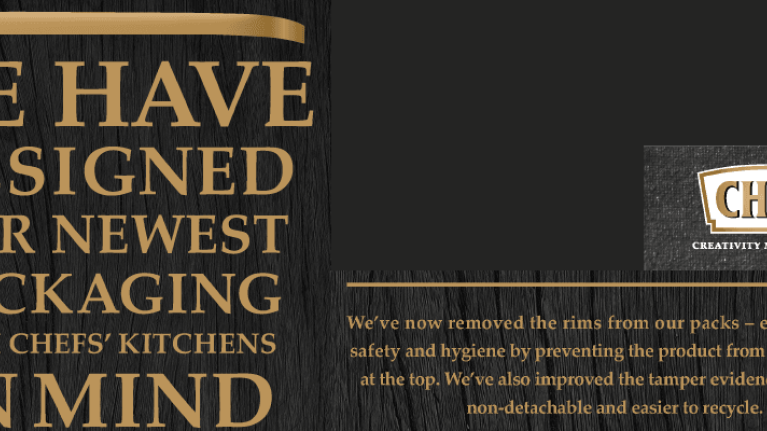
The sustainable dining movement – more than just a trend
People are spending more and more time thinking about what they are buying and eating in an effort to be kinder to the planet. But being sustainable is not just another trend
Restaurants across the world are now driving efforts to minimise their carbon footprint without compromising on ingredients, creativity or flavours, as part of a conscious and ethical movement that goes beyond cooking.
They are responding to what people want in a number of ways:
Growing their own produce and working closely with local farmers and suppliers
Restaurants look to maintain local ties when sourcing ingredients to endorse homegrown and organic produce. In the UK, the Pig Hotel1 works hand-in-hand with chefs to create locally sourced British garden food with different menus at each of its five restaurants, depending on what local farmers are producing.
Reducing their carbon footprint
Cutting down on carbon emissions is another way restaurants are doing more for the environment. The Captain’s Galley2 in Scotland sources all of its seafood within a 15-mile radius of the restaurant, avoiding long-distance travel and cutting down on fuel, as one way to minimise its environmental impact.
Thinking beyond food
Sustainability doesn’t stop at the menu. Restaurants are using reclaimed interiors and furniture to prioritise the environment at all levels. In Denmark, the Relae restaurant uses tables made entirely from a local oak tree3.
Championing zero food waste
Restaurants are starting to lead the way in minimising food waste. The Silo restaurant in the UK is the first zero waste restaurant that has a compost machine on-site, which generates compost from food scraps every 24 hours. This is then used to produce more food, closing the loop4.
Managing packaging waste
Recycling glass, cardboard and plastic packaging and returning packaging to suppliers to be reused are fast becoming part of a restaurant’s responsibility. The Paris-based Septime restaurant works with a private recycling contractor, which helps it measure and monitor its waste5.
Adopting such sustainable habits are not only helping the environment, they are also helping restaurants to form partnerships with local suppliers and attract eco-conscious customers.
This is one reason why Nestlé Professional, Nestlé’s business dedicated to the out-of-home food and beverage market, has recently redesigned its CHEF food service container packaging for European and Middle East markets to help chefs become more sustainable in the kitchen.
Created out of polypropylene (PP) and 100% recyclable by design, chefs no longer have to separate anything. They simply use and put the empty packaging – including container, lid and label – in a dedicated recycling bin where recycling systems are available.
Even the tamper proof attachment is now non-detachable, making sure this small piece of the packaging also gets recycled.
Made with 33% less plastic compared to the previous packaging, the new packaging will also help to reduce Nestlé Professional’s food service plastic consumption by 131,000kg in Europe, in its first year of launch.
Sustainability is an important attribute for chefs who want to source the best ingredients and use ethical and environmental practices to boost nutritional value in their recipes. From growing their own produce to managing packaging waste, even the smallest change is helping to continuously meet what their customers want.
Sources
1 The Green & The Great, 2019, The Pig: A Hotel For Food & Interior Lovers: https://www.greenandthegreat.com/journal/the-pig-hotels-for-food-amp-interior-lovers
2 The Captain’s Galley: https://www.captainsgalley.co.uk/ethical-and-environmental-policies
3 Sumayra Jabbar, 2019, Matador Network, The 8 most amazing, sustainable restaurants in the world: https://matadornetwork.com/read/amazing-sustainable-restaurants/
4 Zero waste, Silo restaurant: https://silolondon.com
5 Euro News, Europe’s best eco-chefs incorporating sustainability into fine dining: https://www.euronews.com/living/2019/05/10/europe-s-best-eco-chefs-incorporating-sustainability-into-fine-dining